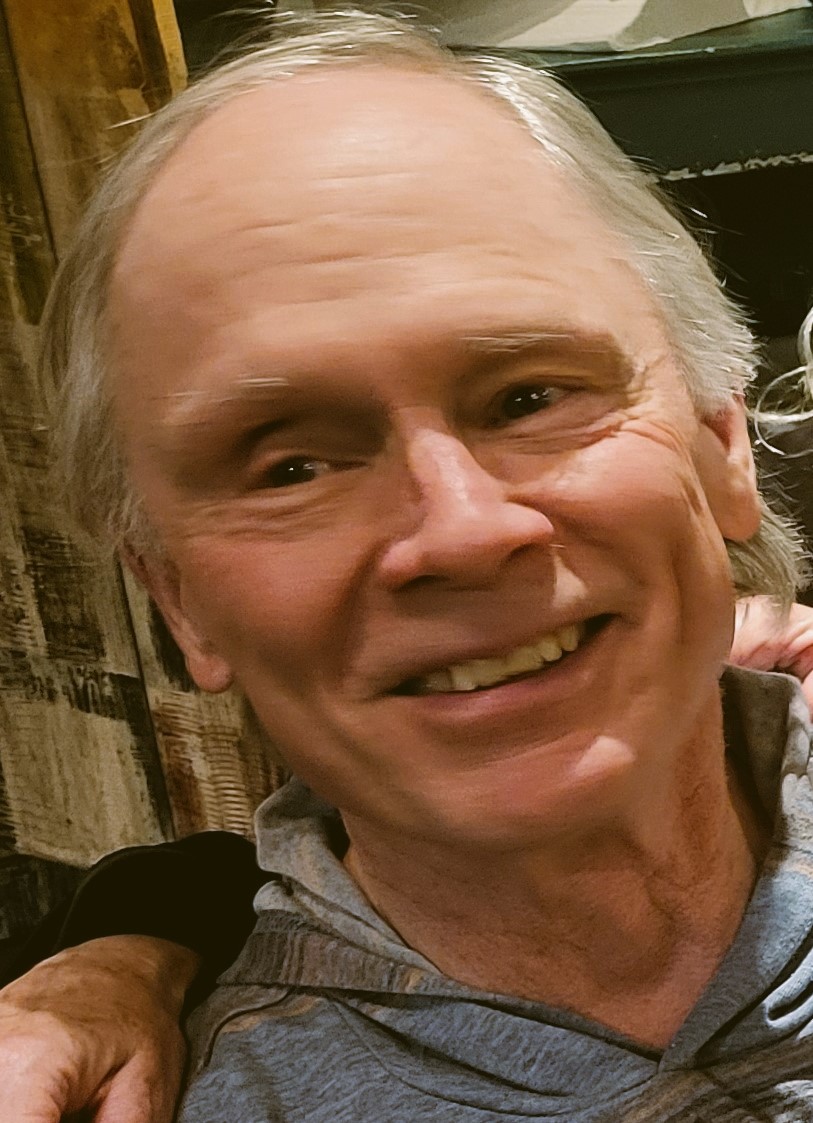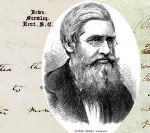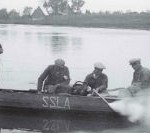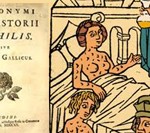April 2019
Happy Birthday Leonardo da Vinci! Born on April 15, 1452, his interests went well beyond painting, and his areas of interest included invention, drawing, painting, sculpting, architecture, science, music, mathematics, engineering, literature, geology, astronomy, botany, writing, history, cartography and anatomy.
Leonardo started his study in the anatomy and he made hundreds of detailed drawings on anatomy.
In honor of Da Vinci, we highlight two articles published in HCS-Manguinhos on anatomy and drawing.
Miguel Vicente Pedraz (Universidad de León) explores the book “la anathomía del hombre” by Bernardino Montaña de Monserrate, the first anatomy treatise to be written in Spanish.
En La lectura del libro natural Pablo Souza and Diego Hurtado, of Universidad Nacional de San Martín, explore the transformations in anatomical and surgical studies within the school of medical thought in Buenos Aires in the latter half of the nineteenth century.
Read in Manguinhos:
Pedraz, Miguel Vicente. Cuerpo y sociedad en el Libro de la anathomía del hombre , de Bernardino Montaña de Monserrate: el sueño político de un anatomista. Hist. cienc. saude-Manguinhos, Nov 2013, vol.20, suppl.1, p.1121-1135. ISSN 0104-5970
Souza, Pablo and Hurtado, Diego La lectura del libro natural: apuntes para una historia de los estudios anatómicos y quirúrgicos en Buenos Aires (1870-1895). Hist. cienc. saude-Manguinhos, Dic 2010, vol.17, no.4.
Thee anatomical drawings of Andreas Versalius – Published nearly 500 years ago, Andreas Vesalius’s medical text books made history with its complex art and detailed description of the structures and functions of the human body.











